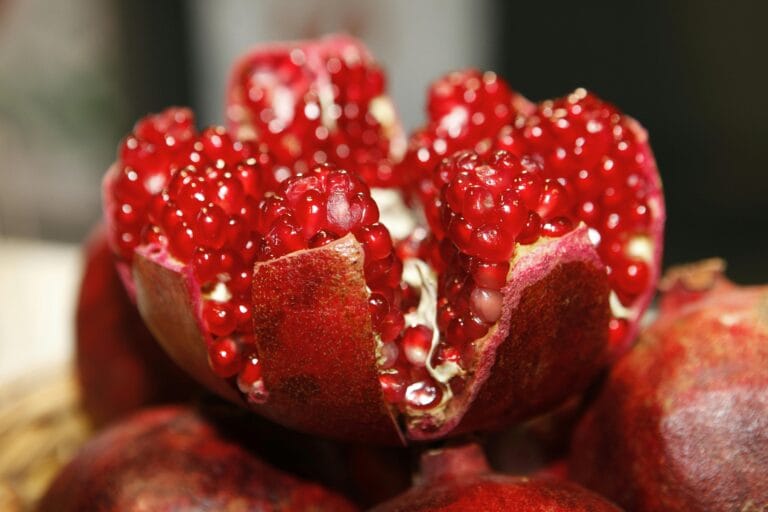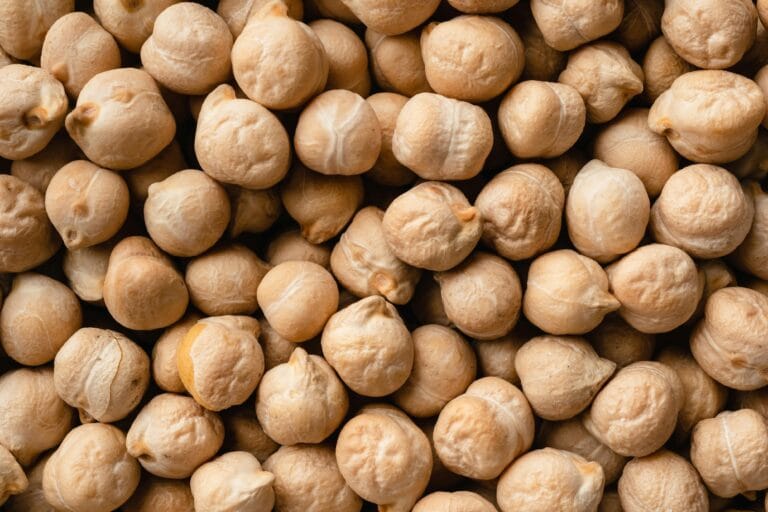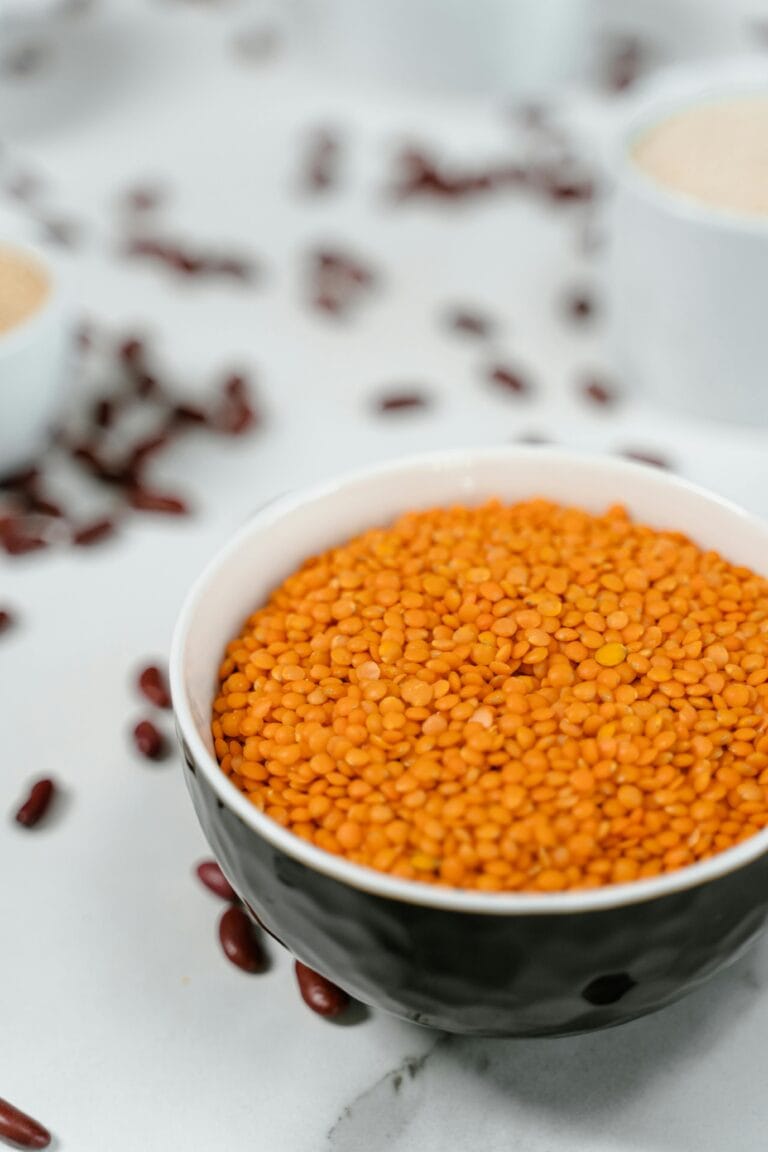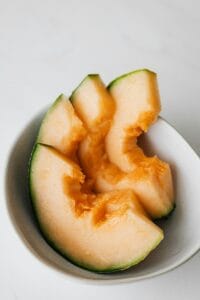Introduction to Tangerines
Tangerines, often celebrated for their sweet, succulent flavor and vibrant color, are a unique member of the citrus family. Scientifically classified as Citrus reticulata, these fruits are characterized by their loose, easily peelable skin and distinctive, segmented flesh. Their small size and manageable shape make them a popular choice for snacking, particularly among children and those seeking a quick, nutritious treat. Tangerines are also often mistaken for their close relatives, oranges, but they differ in both taste and texture, offering a less acidic and more sugary profile.
The origin of tangerines can be traced back to Southeast Asia, where they were cultivated for centuries before spreading through trade routes to various parts of the world. Their name is believed to derive from the region of Tangier in Morocco, where these fruits were first exported to Europe in the mid-19th century. As a part of the citrus family, tangerines share a lineage with other popular fruits, including oranges, lemons, and grapefruits, highlighting the diverse characteristics that can be found within this group.
In contrast to other citrus fruits, tangerines are generally smaller and easier to consume. The distinctions between tangerines and oranges, for example, lie not only in size but also in flavor complexity and peel texture. While tangerines possess a notably sweeter taste, oranges often deliver a zesty tang. This sweetness, coupled with their impressive nutritional profile, which includes essential vitamins like vitamin C, and vital minerals, makes tangerines a wholesome choice for an everyday snack.
Understanding the characteristics and origins of tangerines sets the groundwork for appreciating their numerous health benefits and diverse uses in culinary traditions worldwide. Their ease of consumption and nutritional advantages make tangerines a desirable addition to any healthy diet.
Health Benefits of Tangerines
Tangerines, a member of the citrus family, are not only delightful to the palate but also pack a significant nutritional punch. One of the standout features of tangerines is their high vitamin C content. This essential vitamin plays a vital role in boosting the immune system, helping the body fend off infections and illnesses. Regular consumption of tangerines can lead to enhanced immunity, which is particularly beneficial during cold and flu season.
Moreover, tangerines are rich in antioxidants, which combat oxidative stress in the body. The presence of antioxidants contributes to skin health by combating signs of aging and promoting a radiant complexion. These compounds help in protecting the skin from UV damage and aid in maintaining its elasticity, making tangerines a delicious addition to your skin care regimen.
Aside from their aesthetic benefits, the dietary fiber found in tangerines supports healthy digestion. Fiber aids in regulating bowel movements and promotes a healthy gut, which is essential for overall well-being. Including tangerines in your diet may help prevent digestive disorders and enhance nutrient absorption.
Heart health is another aspect significantly improved by consuming tangerines. The potassium content in these fruits helps regulate blood pressure levels, while fiber aids in lowering cholesterol. Furthermore, tangerines contain flavonoids that have been shown to reduce heart disease risk by improving blood circulation and decreasing inflammation.
Lastly, when it comes to weight management, tangerines can serve as a low-calorie snack that satisfies sweet cravings without excessive energy intake. Their hydrating properties and nutrient density make them an excellent choice for those looking to maintain a healthy weight. Overall, incorporating tangerines into your daily diet can support various aspects of health, making them a superfruit worthy of inclusion.
Daily Uses of Tangerines
Tangerines are versatile fruits that offer a multitude of uses in our daily lives, both in culinary and non-culinary contexts. As a member of the citrus family, tangerines are renowned for their sweet and tangy flavor, making them an ideal choice for fresh consumption. Enjoying a tangerine as a snack is one of the simplest ways to benefit from the vitamins and minerals they provide. Rich in vitamin C, tangerines help in boosting the immune system and enhancing the absorption of iron from other foods.
In addition to eating them whole, tangerines can be juiced to create refreshing beverages. The juice can be served on its own or mixed with other fruit juices for a flavorful, healthy drink. Moreover, tangerine segments can be incorporated into salads, adding a burst of flavor and nutrition. They pair well with leafy greens and can also be combined with nuts and cheeses for a gourmet touch to any dish. Furthermore, tangerines can be utilized in desserts, such as tarts, puddings, and sorbets, offering a sweet and citrusy flavor that delights the palate.
Beyond culinary applications, tangerines have non-culinary uses that are gaining popularity. Tangerine essential oils, extracted from the fruit’s peel, are often used in aromatherapy due to their uplifting scent. These oils can promote relaxation and reduce stress, making them a valuable addition to any wellness routine. Additionally, tangerine peel, rich in flavonoids, has been employed in traditional remedies for its potential health benefits. Furthermore, the peel can serve as a natural ingredient in homemade cleaning products, utilizing its antibacterial properties to freshen surfaces and eliminate odors.
Overall, the daily uses of tangerines extend beyond their delicious taste, showcasing their practicality and versatility in our lives. Whether consumed fresh, juiced, or used in a myriad of applications, tangerines continue to be an invaluable fruit, contributing not just flavor but also health benefits.
Global Production of Tangerines
Tangerines, a close relative of oranges, are cultivated in various regions across the globe, with several countries leading in their production. The top producers of tangerines include China, Spain, and the United States, each showcasing unique climatic conditions and agricultural practices that support tangerine cultivation.
China is the largest producer of tangerines, benefitting from its favorable subtropical climate and fertile soils. The provinces of Guangdong and Hunan are particularly well-known for their abundant harvests, where farmers employ traditional methods alongside modern agricultural techniques to maximize yield and quality. In these regions, the combination of ample rainfall and well-draining soil provides optimum conditions for the growth of tangerines, rich in vitamins and minerals.
Spain ranks second in global tangerine production, specifically in the Valencia and Murcia regions. Here, farmers have adopted advanced irrigation methods and pest management strategies to ensure a stable supply of high-quality fruit. The Mediterranean climate, characterized by mild winters and warm summers, plays a significant role in the flavor profile of Spanish tangerines, making them particularly desirable in international markets.
The United States also contributes to global tangerine production, particularly in California, where growers cultivate several varieties known for their sweetness and juiciness. The unique microclimates in different Californian regions allow for a diverse range of tangerines to thrive. In these areas, soil health is prioritized, often through sustainable farming practices that enhance nutrient availability and maintain soil fertility.
Overall, the successful production of tangerines is a result of the interplay between climate, soil conditions, and innovative agricultural practices. This synergy not only contributes to the growth of tangerines internationally but also enhances their nutritional profile, providing essential vitamins and minerals to consumers worldwide.









